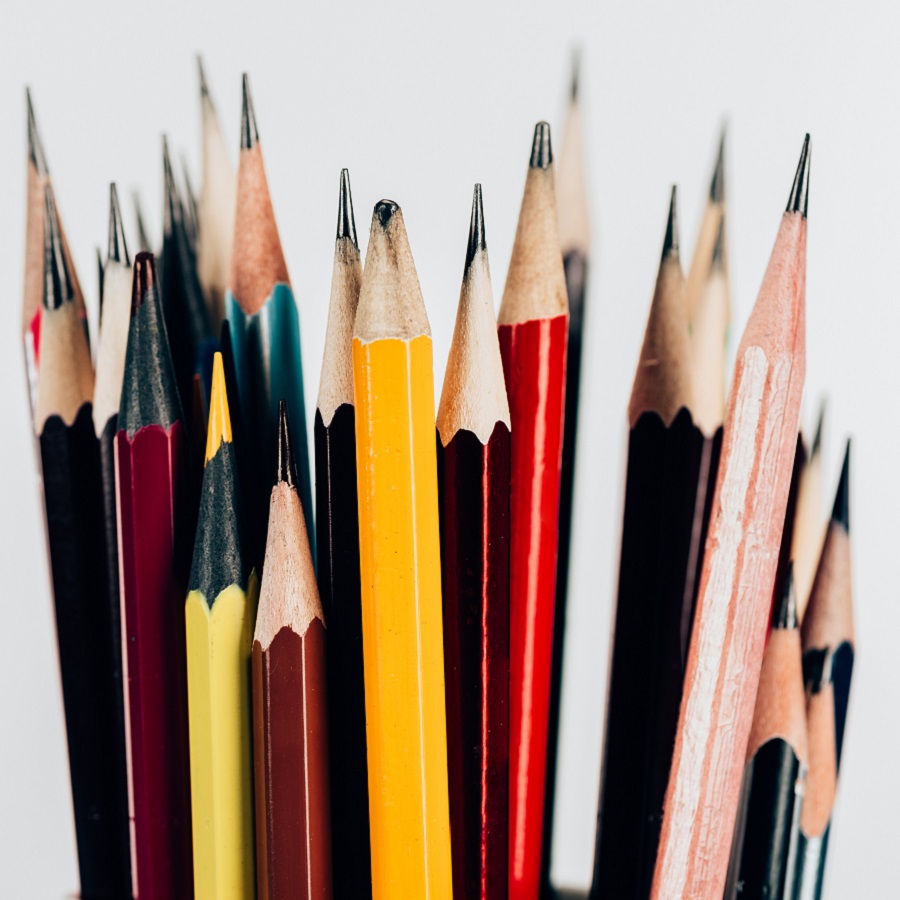Color pencils are a staple in art supplies, cherished by artists, students, and hobbyists alike. From the simple pleasure of coloring books to the intricate details of professional artworks, color pencils play a crucial role. In this article, we delve deep into the ingredients that make up color pencils, the various types available, and their specific uses. Whether you’re a seasoned artist or just starting your colorful journey, understanding these aspects can enhance your artistic experience.

The Core Ingredients of Color Pencils
1. Pigments
Pigments are the heart of color pencils, responsible for creating the vibrant hues that artists love. These pigments can be either natural or synthetic. Natural pigments are derived from minerals and organic materials, such as ochre, charcoal, and limestone, offering earthy tones and subtle shades. Synthetic pigments, on the other hand, are chemically manufactured, providing a broader spectrum of colors with more intensity. For example, the famous Prussian blue and cadmium red are synthetic pigments that offer bright and consistent colors
source
.
2. Fillers
Fillers are added to color pencils to provide texture and reduce the cost of pigments. Common fillers include wax and talc, which contribute to the pencil’s hardness and overall feel. These materials ensure that the pigments are evenly distributed and can be applied smoothly on paper. Fillers also play a role in the pencil’s durability, allowing artists to achieve consistent results without frequent sharpening.
3. Binders
Binders are essential for holding the pigments and fillers together, giving color pencils their solid form. Common binders include glycerides, waxes, and resins. The type of binder used can significantly affect the pencil’s quality. For instance, pencils with higher-quality binders offer smoother application and better color layering capabilities.
4. Wooden Casing
The wooden casing of color pencils not only protects the inner core but also provides a comfortable grip for users. Common woods used include basswood, poplar, and cedar. These woods are chosen for their durability and ease of sharpening. The quality of the wood can also impact the pencil’s usability – higher-quality wood casings are less likely to splinter and cause uneven sharpening.
Types of Color Pencils and Their Uses
1. Oil-Based Color Pencils
Oil-based color pencils are known for their vibrant and rich colors, making them ideal for detailed artwork. The cores of these pencils have a waxy feel, allowing for unique textural effects. However, they are not suitable for multiple layers of coloring and are difficult to erase. Many artists use oil-based pencils for their ability to create bold and striking images.
2. Water-Soluble Color Pencils
Water-soluble color pencils feature a carbon-based core that can be dissolved in water. When used dry, they resemble oil-based pencils but with less intense colors. When water is applied, they create watercolor-like effects, making them perfect for landscapes and architectural sketches. The water-solubility allows for smooth blending and gradient effects, providing versatility in techniques source.
3. Pastel Color Pencils
Pastel color pencils have a powdery, chalk-like consistency, offering strong coverage with a unique grainy texture. They are excellent for creating soft, blended effects and are particularly favored for portrait work. However, pastel pencils can be messy as they tend to shed dust, which can smudge or dirty the artwork. They require fixatives to preserve the final piece.
Choosing the Right Color Pencils for Your Art
Selecting the right type of color pencil can significantly influence the outcome of your artwork. For instance, if you enjoy creating vibrant and impactful art pieces, oil-based pencils might be your best bet. On the other hand, if you prefer delicate and blended watercolor effects, water-soluble pencils will suit your needs. Pastel pencils are your go-to for soft, detailed portraits.
For those looking to purchase high-quality color pencils,
durzerd.com
offers a wide range of options suitable for both beginners and professionals. If you need color pencils in smaller quantities,
cpencils.com
provides a great selection that can cater to your specific needs.
In conclusion, understanding the components and types of color pencils can help you make informed choices, enhancing your artistic creations. Whether you are exploring natural pigments or experimenting with water-soluble techniques, the right tools can elevate your art to new heights.



